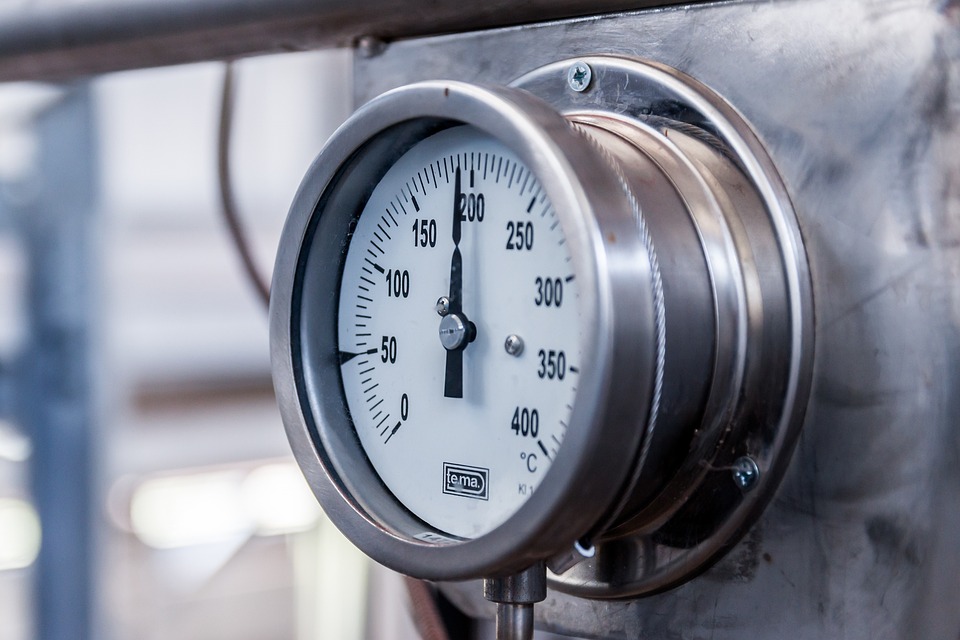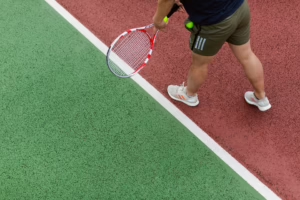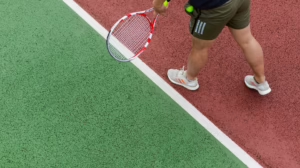Pressure Points 101: Your Ultimate Guide to Holistic Healing
Introduction
In an age where wellness is becoming increasingly prioritized, individuals are seeking natural and holistic healing methods. One such effective modality is the practice of using pressure points. This ancient technique, rooted in traditions like acupuncture and acupressure, has shown remarkable benefits for physical and mental well-being. In this comprehensive guide, we will explore pressure points in detail, examining their importance, methods of application, and the profound impact they can have on holistic health.
Understanding Pressure Points
What Are Pressure Points?
Pressure points are specific areas on the body that, when stimulated, can produce various physiological effects. These points are often linked to particular organs or systems within the body. When pressed or massaged, they can help alleviate pain, reduce stress, and improve overall health.
Historical Context
The use of pressure points is not a modern invention. Evidence suggests that the practice dates back thousands of years, with roots in traditional Chinese medicine (TCM). Concepts from practices like acupuncture describe a network of meridians—pathways carrying vital energy (or "Qi") throughout the body. Similarly, Ayurvedic traditions have long recognized the significance of marma points in healing.
The Science Behind Pressure Points
While the ancient practices surrounding pressure points are often steeped in tradition, modern science has begun to uncover their mechanisms. Research in areas such as neurobiology and physiology helps us understand why stimulating certain pressure points can lead to significant improvements in health.
Neurological Responses
Stimulation of pressure points can trigger neurological responses that affect the nervous system, reducing pain and anxiety. The gate control theory of pain suggests that non-painful stimuli can block pain signals from reaching the brain, effectively offering relief.
Endorphin Release
Pressure point stimulation can also encourage the release of endorphins, the body’s natural painkillers. This biochemical response contributes to feelings of relaxation and well-being, making pressure points an effective tool for stress management.
Major Pressure Points and Their Benefits
Understanding the location and function of various pressure points can empower individuals to harness their healing properties. Below are some commonly recognized pressure points, along with their benefits.
1. LI4 (Hegu)
Located between the thumb and index finger, LI4 is a powerful point for alleviating headaches, reducing stress, and relieving constipation. Stimulating this point can provide a quick way to improve overall health.
2. PC6 (Neiguan)
Found on the inner forearm, about two inches from the wrist, PC6 is beneficial for alleviating nausea and motion sickness. It can also help reduce anxiety and promote relaxation.
3. ST36 (Zusanli)
Located just below the knee, ST36 is considered a vital point for enhancing digestion and boosting the immune system. Regular stimulation of this point can increase energy levels and vitality.
4. SP6 (Sanyinjiao)
Located on the inner leg, SP6 is useful for menstrual and reproductive health. It can help relieve cramps and hormonal imbalances, as well as aid in sleep and relaxation.
5. GB21 (Jianjing)
Situated at the highest point of the shoulder, GB21 is effective for tension relief and stress reduction. It can also assist with neck and shoulder pain.
6. Yintang
Located between the eyebrows, Yintang is known as the "third eye" point and can help relieve stress, anxiety, and headaches. It is often used in meditation practices.
Techniques for Stimulating Pressure Points
Once you have identified the relevant pressure points, it’s essential to know how to effectively stimulate them. Below are several techniques that can be employed.
Acupressure
Acupressure involves applying firm pressure to specific points using your fingers, palms, or even tools. Here are some tips on how to practice acupressure:
- Locate the Point: Use anatomical landmarks to find the exact location of the pressure point.
- Apply Pressure: Use your thumb or fingers to apply steady, firm pressure for 30-60 seconds.
- Breathe: Inhale deeply as you maintain pressure, focusing on relaxation and visualization.
Massage
Incorporating massage techniques can enhance the effects of acupressure. Consider incorporating gentle strokes and kneading around the pressure point to enhance blood flow and relaxation.
Heat and Cold Therapy
Applying heat (like a warm towel) or cold (ice pack) can stimulate pressure points effectively. Heat can help relax tightness, while cold can alleviate inflammation.
Practical Applications of Pressure Point Therapy
Stress Relief
One of the most immediate benefits of pressure point therapy is its capacity to enhance relaxation and reduce stress. Regular practice can help manage stress levels, improve emotional states, and foster a positive mind-body connection.
Pain Management
Many individuals find pressure points effective for pain relief. Whether it’s chronic back pain, headaches, or menstrual cramps, applying pressure to specific points can provide relief without the need for medication.
Digestive Health
Pressure points can also benefit digestive health. Regular stimulation of points like ST36 can enhance digestion, reduce bloating, and alleviate constipation, contributing to overall well-being.
Sleep Improvement
Enhancing sleep quality is another area where pressure point therapy shines. Stimulating points such as SP6 can promote relaxation and improve sleep cycles, making it a valuable tool for those struggling with insomnia.
Combining Pressure Points with Other Holistic Practices
To maximize the benefits of pressure point therapy, consider combining it with other holistic practices. Here are some synergistic modalities:
Meditation
Incorporating mindfulness meditation while focusing on pressure points can enhance the overall healing experience. The combination of mental focus and physical stimulation can trigger deeper relaxation.
Yoga
Many yoga poses naturally stimulate pressure points and enhance flexibility. Practicing yoga can improve energy flow, reduce stress, and promote a holistic approach to health.
Aromatherapy
Using essential oils during pressure point therapy can amplify the benefits. Oils like lavender, chamomile, and peppermint can enhance relaxation and promote a calming atmosphere.
Safety and Precautions
While pressure point therapy is generally safe, there are certain precautions to keep in mind:
- Consulting a Professional: For individuals with specific medical conditions or concerns, consulting a healthcare professional or acupuncturist is advisable.
- Avoiding Certain Points: Some pressure points, particularly around the abdomen during pregnancy, should be used cautiously or avoided.
Conclusion
Pressure point therapy is a powerful tool in the realm of holistic healing. By understanding and utilizing pressure points correctly, individuals can enhance their well-being, relieve pain, and promote relaxation. As this guide illustrates, the integration of pressure points into daily life can lead to profound changes in overall health. By prioritizing natural healing methods, you can navigate the complex landscape of health and wellness with confidence.
References
[Note: Actual citations would include specific studies, articles, or books related to the concepts discussed in the article. Please replace placeholder references with valid academic sources, books, and articles to match the ‘modern_footnote_source’ request.]


























Add Comment